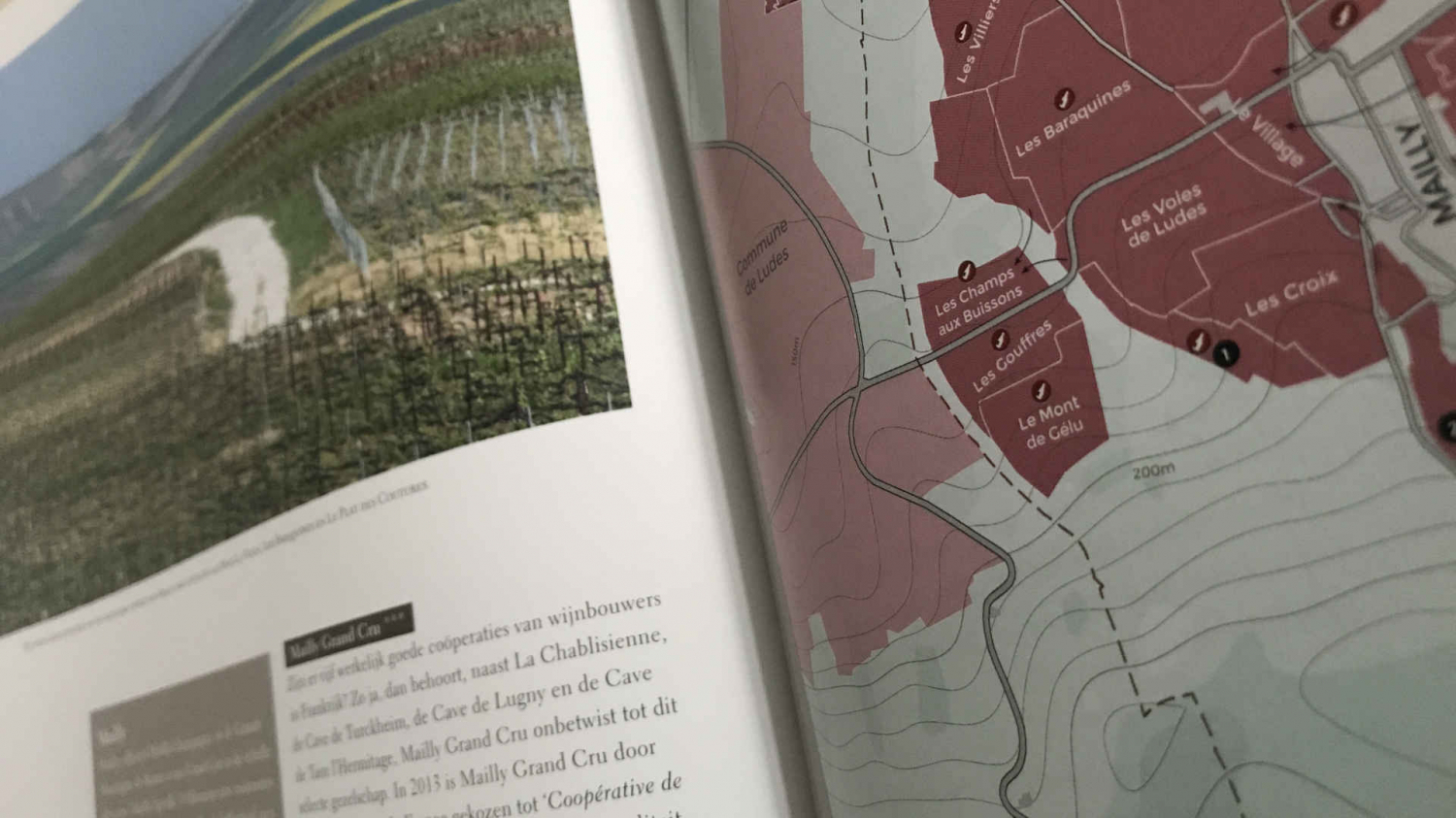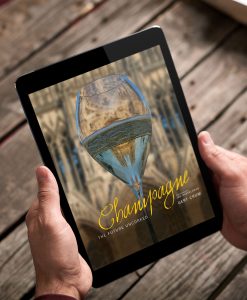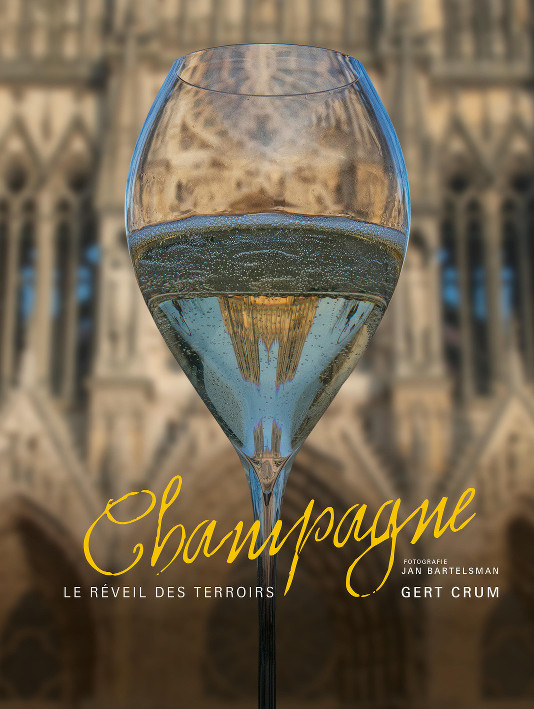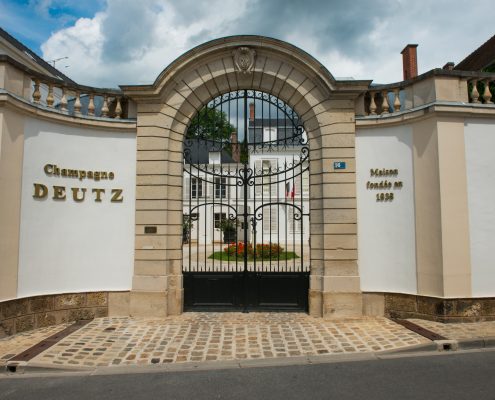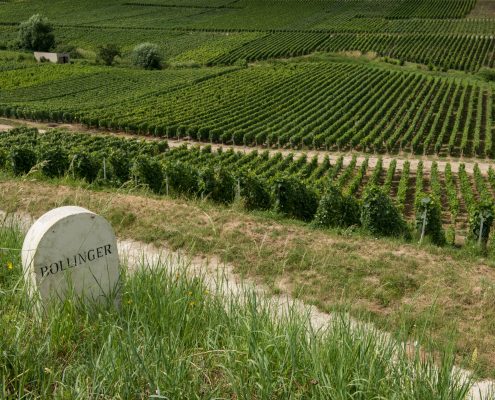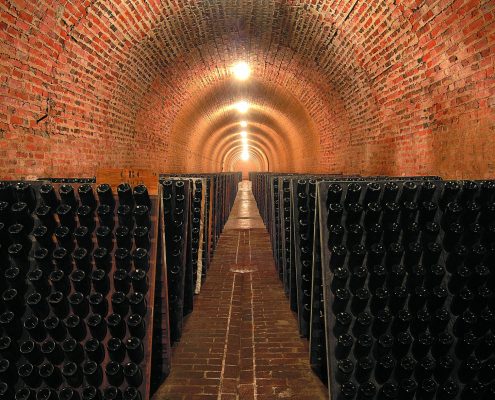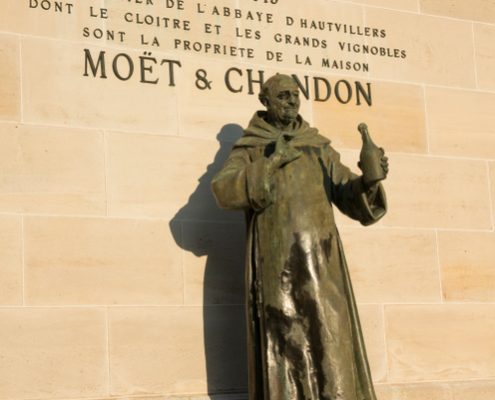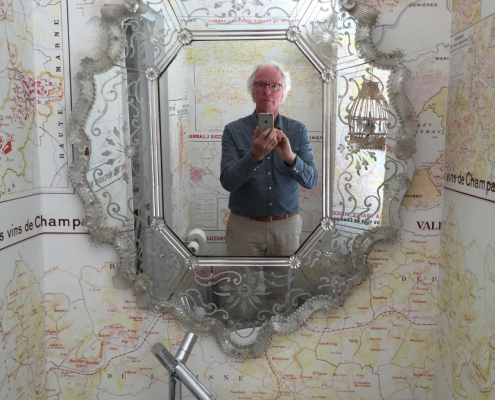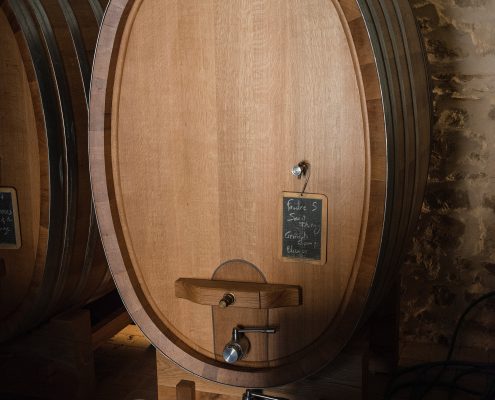The latest award winning book by wine writer and connoisseur Gert Crum has been released!
It is a book as Crum connoisseurs are used to. Detailed, passionate and thé most complete enchiridion to date. In this ongoing project he proves to be the greatest connoisseur of Champagne and her wines in the Netherlands.
“Next to the hard cover, Digipublishers has published a digital version in the iBook store.”
Digipublishers constantly updates this version of the book with the latest finds from Gert. Click here for an overview where to purchase our book
In chapters, one and two Gert Crum introduces and describes the Champagne viticole extensively. Nothing remains undisclosed when it comes to the vinification of Champagne. Although the méthode traditionnelle, here the méthode champenoise, is time-consuming and complex, Crum provides a clear and detailed picture for the reader.
In chapter three Crum takes a critical look at a number of aspects of viticulture and wine production in Champagne. Simultaneously, he identifies how promising the current situation is. The large champagne houses have established and maintained the reputation of champagne, and of course, the best of them produce spectacularly good champagnes. However, since the end of the last century, something new, something beautiful, has been set in motion in Champagne: the rise of family domaines, who produce monocrus and even single-vineyard champagnes from their own vineyards.
In chapter four, the various champagne styles are highlighted. Some of the many factors that play a role are the grape varieties, the origin and quality of the grapes, the pressing of the fruit, whether fermentation takes place in stainless steel or wood and whether or not the malo is omitted. And many other variables. The styles of producers are summarized by Gert Crum at the end of the chapter in a clear schedule.
Chapter five is the pièce de résistance of the new book. It is composed of dozens of company profiles and hundreds of tasting notes. Crum describes 76 champagne producers. Without premeditation, the selection is about fifty / fifty between large houses and small domaines. The reader may be surprised by the choice of the author. Some houses with fame are missing and on the other hand, some of the presented family domains are completely unknown.
Finally, there are two chapters, which discuss practical matters relating the enjoyment of champagne and a chapter with practical information and tips for the visitor in the region of Champagne. Wine tourism gains more and more ground every year, and deservedly when it comes to Champagne. The original champagne area(from the 17th century) has been registered by UNESCO since 2015 under the name Coteaux, maisons et Champagne Caves World Heritage.
Special thanks to our photographer Jan Bartelsman for his wonderful photography, the artistic drawings from Cees Nouwens and the practical and beautiful maps made by Laurent Marty of Mappavini. Their work enriches the book in a superior way.
The book ends with an extensive Glossary. (ISBN: 9789082670523)

